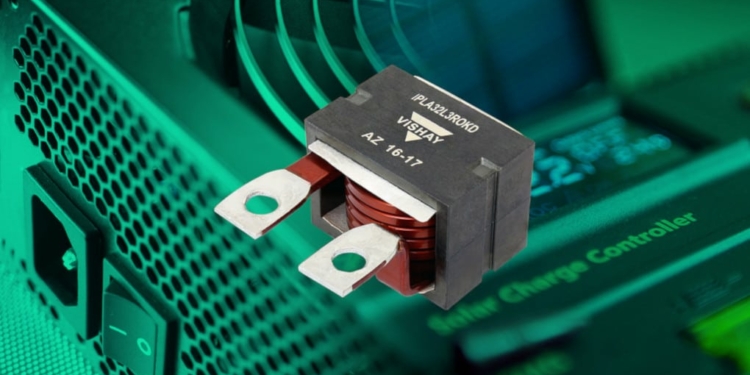source: Vishay news
MALVERN, Pa. — June 4, 2018 — A new high current planar choke inductor that offers the same performance as wirewound devices in a fraction of the space was announced today by Vishay Intertechnology, Inc. (NYSE: VSH).
The new IPLA 32 measures just 31 mm by 43 mm by 22.2 mm but is rated for currents up to 110 A, allowing high power density DC/DC converters to occupy a significantly smaller footprint.
With a recommended frequency range of 100 kHz to 800 kHz, the IPLA 32 will enable more compact and lightweight DC/DC circuitry in electric and hybrid cars, off-road vehicles including forklifts, and all manner of embedded systems. The IPLA 32 is available with standard inductance values of 1 μH, 2 μH, 3 μH and 4 μH. Magnetically shielded for low EMI, the inductor features a high self-resonance frequency and very stable performance versus temperature.
In addition to the standard versions, the IPLA 32 can be offered with various pin-out designs, current ratings, and inductance values. The device features an operating temperature range of ‑55 °C to +125 °C and typical thermal resistance from 2 W/°C to 10.5 W/°C depending on the type of heatsink used. 3D models are available to assist the design-in process.
Samples and production quantities of the Vishay Sfernice IPLA 32 planar choke inductor are available now, with lead times of 12 weeks for larger orders.































